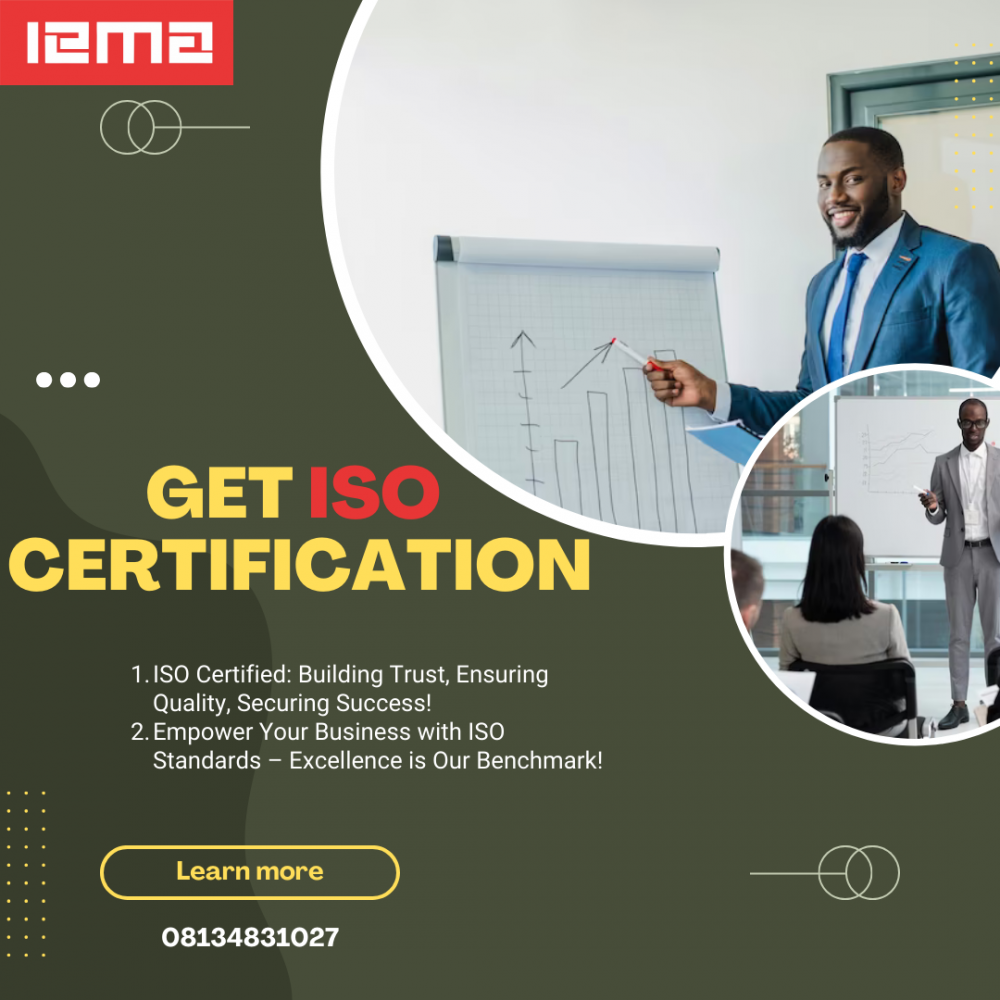ISO certification can bring numerous benefits to businesses, from improved quality management to greater customer satisfaction and operational efficiency. However, achieving and maintaining ISO certification can be challenging. From understanding complex requirements to ensuring company-wide compliance, businesses often encounter obstacles in the certification process.
Here are ten common challenges businesses face with ISO certification, along with practical tips to overcome them.
1. Lack of Understanding of ISO Requirements
One of the first challenges is understanding ISO standards, which are often filled with technical language and detailed requirements. This lack of clarity can lead to confusion about what exactly is required for compliance.
- Solution: Invest in training for employees and engage a consultant if needed. Comprehensive training sessions on ISO standards, such as ISO 9001 for quality management or ISO 45001 for health and safety, can help key personnel understand the requirements and application of the standards.
2. Resistance to Change
Implementing new standards often requires process changes, which can be met with resistance from employees accustomed to existing procedures.
- Solution: Engage employees early in the process by explaining the benefits of ISO certification, such as improved job safety or efficiency. Encourage feedback and involve employees in developing the new processes, so they feel invested in the changes.
3. Limited Resources and Budget Constraints
ISO certification can require a significant investment of time, resources, and finances, which can be challenging for small or medium-sized businesses with limited budgets.
- Solution: Approach ISO certification as a phased project. Begin by identifying key areas to improve, and gradually implement changes over time. Focus on high-impact areas first, which can help show results and justify further investment to stakeholders.
4. Insufficient Documentation
ISO standards require detailed documentation to demonstrate compliance, but many businesses struggle with the volume and complexity of documentation needed.
- Solution: Designate a team or hire a specialist to manage documentation requirements. Using digital management tools can streamline document control, making it easier to keep records up-to-date and accessible for audits. Also, establish clear procedures for regularly updating and organizing documents.
5. Difficulty in Adapting Processes
Existing processes often need modification to align with ISO standards, but many organizations struggle with identifying and adapting the processes that require change.
- Solution: Conduct a gap analysis to identify areas where current processes fall short of ISO requirements. Once identified, focus on aligning these specific areas with the standards rather than overhauling all processes. This targeted approach minimizes disruption and improves efficiency.
6. Ensuring Employee Buy-In and Engagement
If employees are not fully on board, it can be difficult to maintain the level of compliance needed for ISO certification.
- Solution: Foster a culture of continuous improvement by involving employees at all levels in the certification journey. Implement regular training sessions, celebrate milestones, and highlight the benefits of certification, such as improved safety or quality, to increase buy-in and long-term commitment.
7. Managing Time Effectively
Achieving ISO certification is time-consuming, and balancing certification efforts with daily operations can be difficult.
- Solution: Develop a realistic timeline for achieving certification, including milestones and deadlines. Assign a project manager or team to oversee certification efforts and keep the process on track. Prioritize tasks based on their impact on compliance, allowing the team to address high-priority areas first.
8. Maintaining Compliance Post-Certification
Once certification is achieved, maintaining compliance and preparing for re-certification audits can be challenging.
- Solution: Implement a system of regular internal audits and reviews. This helps ensure continuous compliance and allows the business to address non-conformities promptly. Scheduling periodic refresher training sessions and having dedicated personnel monitor compliance also contribute to long-term success.
9. Lack of Internal Auditing Skills
Conducting internal audits is a core requirement for ISO certification, but businesses often lack trained personnel who can objectively assess compliance.
- Solution: Train employees in internal auditing or hire a certified internal auditor. Training key team members in ISO auditing can empower your organization to conduct regular audits, ensuring ongoing compliance and readiness for external audits.
10. Keeping Up with ISO Standard Updates
ISO standards are periodically updated to reflect new industry practices and regulatory requirements. Staying up-to-date can be difficult, especially for organizations focused on day-to-day operations.
- Solution: Assign a compliance officer or designated team member to stay informed about changes to ISO standards. Joining industry groups or subscribing to ISO updates can provide timely information about changes. Regularly reviewing the latest version of the standards ensures that the company remains compliant with current requirements.
Conclusion
Achieving ISO certification involves navigating numerous challenges, from process adaptations to managing compliance documentation. However, these challenges can be effectively managed with a strategic approach, clear planning, and a focus on employee engagement. By understanding these common challenges and applying practical solutions, businesses can successfully achieve and maintain ISO certification, gaining a valuable advantage in today’s competitive marketplace.





Leave a Reply